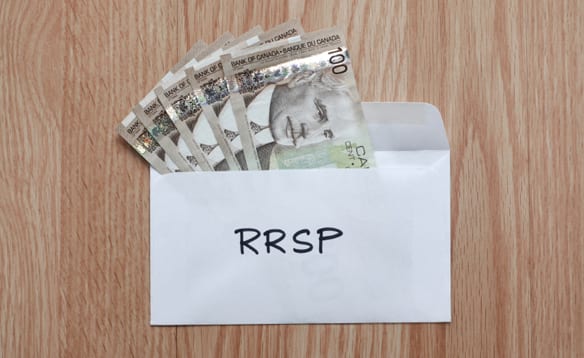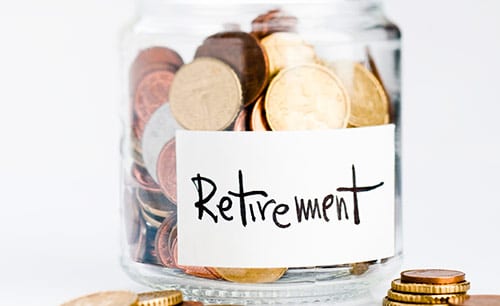
Bankruptcy and Age
In years gone by, a person would graduate from high school, trade school, university or a college and have a well paying job in a relatively short period of time. He or she would move out of the family house, buy a car, get married, etc. Credit was available, but it was relatively difficult to obtain. Financial difficulties would sometimes occur, but it was usually the result of a specific catastrophe such as divorce, medical issues, or some similar event.
Fast forward to 2015, students are staying in school much longer than before, graduating with a high student debt and are taking a longer period of time to find the perfect job. Many people have theorized that the lack of an available job is one of the reasons why students elect to stay in school as long as they do. Banks and other credit grantors have responded by being lenient in their collection procedures on debts owed by recent graduates. The government has even changed the Bankruptcy and Insolvency Act to increase the waiting time after you ceased to be a full or part time student from two years to seven years before you can claim student loans in a bankruptcy or a (debt consolidation) consumer proposal. So, what is the issue!
Students are staying at home longer, and by the time they move out, have less time to save for their own apartment, marriage, children or even their own retirement. It was not uncommon for family to help in the purchase of their children’s first house. Now, it is becoming common for family to assist in living expenses and even a second house as their children’s family expands. This has resulted in the parents’ ability being reduced to finance their own retirement plans. As well, many of the older generation are working well past the normal retirement age of 65.
By the numbers over the past 10 years, the age of consumer debtors filing a bankruptcy or a consumer proposal has been decreasing for debtors under the age of 44. At the age of 45, the statistics start to change as the number of debtors filing bankruptcy or a consumer proposal have increased over the past 10 years. The largest increase is for seniors in the 65 + age bracket where filings have grown from 6.2% to 10% of the total filings.
Contact Rumanek & Company Ltd. for more information on bankruptcy and debt solutions. Or please fill out the free bankruptcy evaluation form. To learn more please visit our YouTube Channel. Rumanek & Company have been helping individuals and families overcome debt for more than 25 years.




